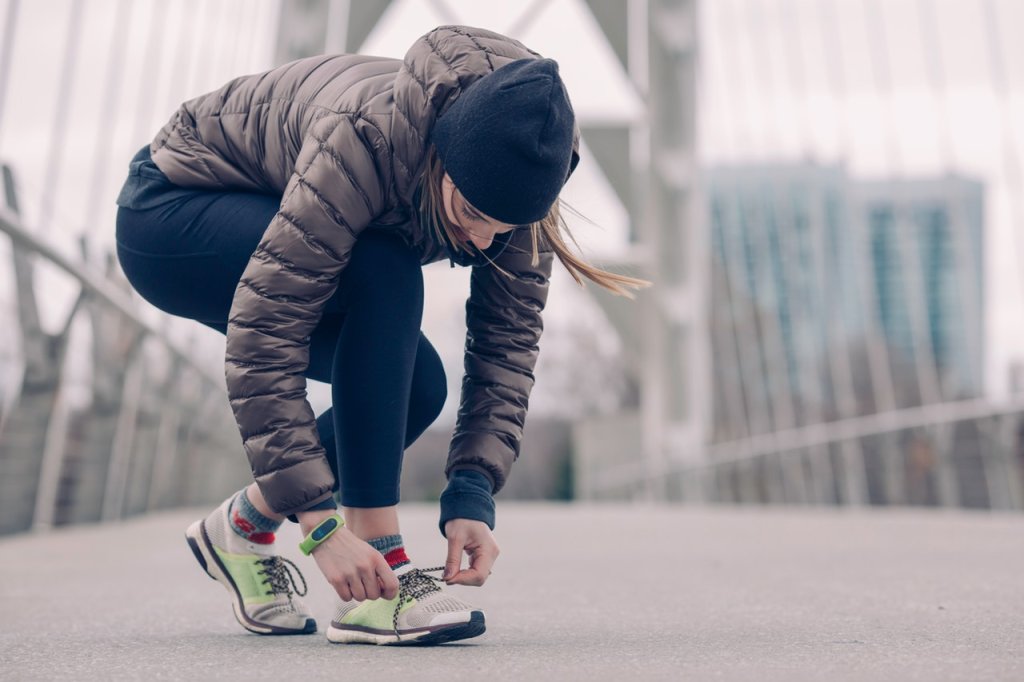When you a call us at ycdscc.com, you’re talking to one of our trained patient Service Representatives that all work out of our head office in Winnipeg, Manitoba. One of the common questions a lot of first time customers have when they call us is “Where is Winnipeg?” and once we explain it’s a couple hours north of Fargo, North Dakota, the next questions we get is often “It must be cold up there?” The fact is yes, it can get pretty cold up here!
Winnipeg is actually one of the coldest city on the planet . However just because it’s cold, it doesn’t stop us from getting to work to help you save on discount prescription drugs and it also doesn’t stop us from getting exercise during our cold winter months.
If you’re not lucky to live in one of the states where winter just means you bring a long sleeved shirt to go golfing in case the sun goes behind the clouds, you probably also know that it’s pretty easy to want to just crawl into a warm house and hibernate like a bear until spring. But you also know that cold weather and snow are not an excuse for packing on the pounds, sleeping more, and giving up on physical activity. It may be less convenient to get a pumping heart rate in the frigid winter air but it’s still an important part of living a healthy life.
The key to getting outdoors and staying active in the winter is to properly prepare.
Winter Workout Tips for Exercising Outdoors No Matter the Weather
-
Always dress in layers.
Exercise can generate a lot of heat and make you feel warmer than it really is, but once your sweat starts to dry you can get very chilled. To avoid this it is recommend that if you are going to winter exercise that you’ll need three layers of clothing to keep the cold at bay. A layer to draw sweat away from your body, a layer of fleece of wool for insulation and a layer of waterproof, breathable for outside to help keep the wind at bay.
-
Where Bright Colors
Where brightly colored clothing and gear whenever possible and consider purchasing reflective gear or blinking lights, Ridings says. Apart from helping others see you, wearable flashlights are great because they improve visibility for you, too, to help prevent missteps and falls.
-
Protect Your Extremities
Where Fingers, ears, nose, and toes are affected most by chilly. To keep your extremities from freezing, wear a hat or headband and gloves or mittens. Thick socks also help. All these add-ons should be wool or synthetic, rather than cotton, to help keep sweat off your skin.
-
Protect Your Skin
Winter air isn’t just cold, it’s dry. To keep your skin from drying out with it, drink plenty of water (roughly eight 8-ounce glasses per day) and rub on moisturizing cream or lotion, Ridings says. He recommends applying Vaseline to sensitive areas like the nostrils, tip of the nose, and ears for more protection. To block out biting winds, consider keeping your face covered with a running mask or scarf. One tip that most people forget when it’s cold is that you need to wear sunscreen. UV light can be even more powerful in the winter, and you should protect any espoused skin, as well as lips with lip balm
-
Cool Down and Change Damp Gear
A cool-down is important after sustained exercise, it helps your body get rid of Lactic Acid and reduce potential muscle soreness. Also best to get out of damp workout clothes.
By following these tips, outdoor activity can be safe and productive. And it’s a whole lot more fun than spending the snowy months in hibernation.
But if you want to stay fit over the winter, but just can’t stand the cold, you can always exercise indoors, or do what a lot of older Canadians and Americans do every winter, spend December to March in Florida or Arizona.
Visit YCDSCC.COM for savings and we deliver anywhere for free!
